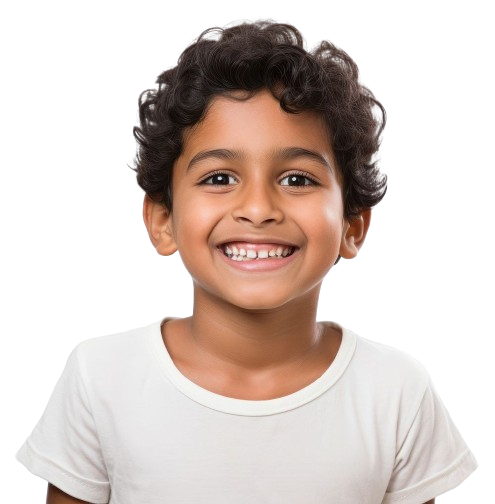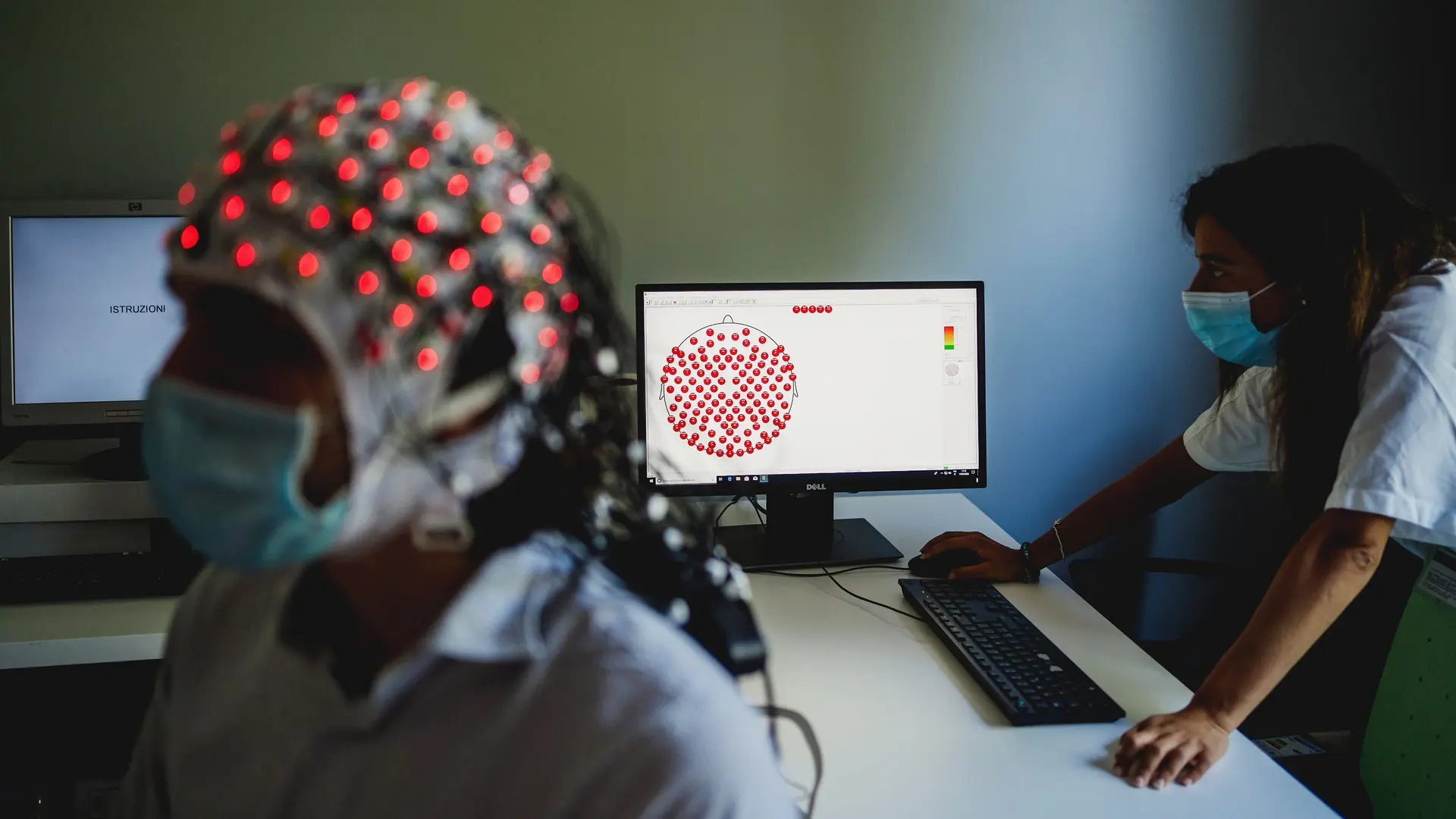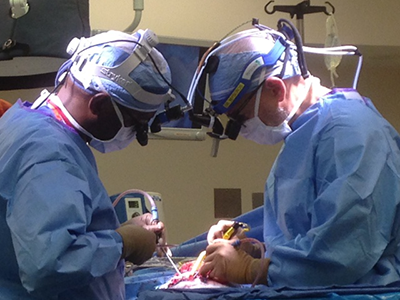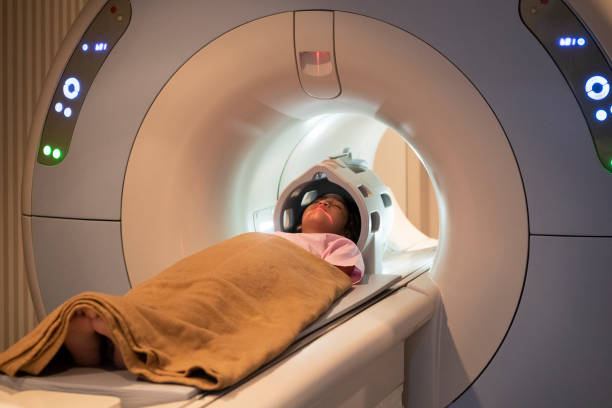Prevalence
Approximately 5% of children in India are estimated to have ADHD
Diagnosis Rates
Only 1 in 10 children with ADHD in India receive a proper diagnosis and treatment
Gender Differences
Boys are diagnosed with ADHD at a higher rate than girls, with a ratio of about 3:1

Impact
ADHD significantly affects academic performance, with up to 40% of children with the disorder experiencing learning difficulties
Comorbidity
Around 70% of individuals with ADHD in India have at least one comorbid condition, such as anxiety or depression
Access to Care
Limited awareness and resources often result in inadequate access to specialized care for individuals with ADHD in India.









